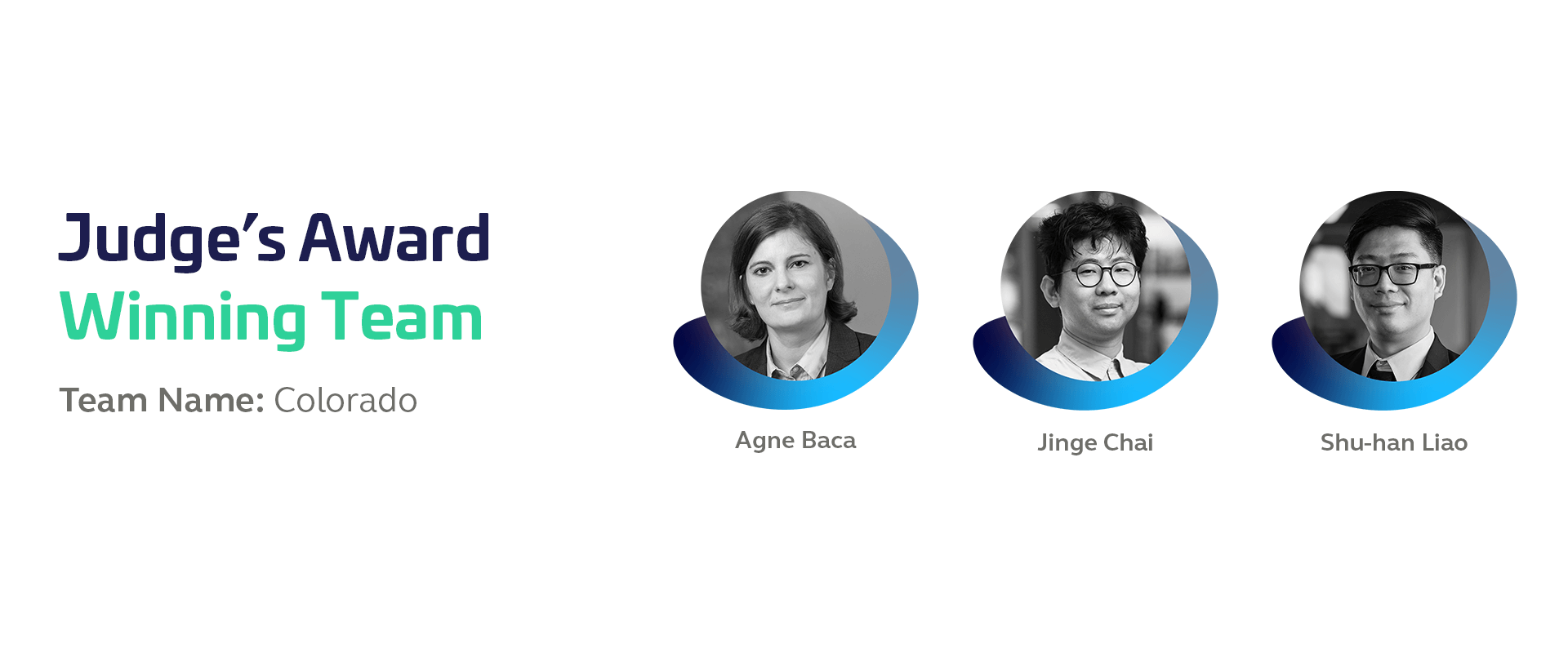
Project Description
What does COLORADO accomplish?
COLORADO is not so much a script, as a workflow. It currently is an investigation of using Machine Learning, specifically the Pix2Pix service, within the initial stages of the design process, when precedent research is imperative, concepts are generated and rules-of-thumb are depended on. We wanted to evaluate what problems need to be addressed so architects would be able to take advantage of its benefits. We believe that ML has the power to not only encapsulate general knowledge, but also scale the amount of precedents are researched in order to provide a better picture of the current condition studied.
The benefit that we found most promising with ML that COLORADO is meant for is that, with quite a limited data set, it is still able to provide a general sense of how things typically are in what you may be looking at and depending on what attributes you control for during the training portion of the practice. We used mall plans for our investigation, and with just a training set of 46, we were able to get a pretty good sense of where the typical program within our test mall would go, incidentally due to Building Code, efficiency, servicing and other requirements that are of particular concern during the later stages of design. A final, well defined solution is not provided, which many designers don’t want anyway. Letting the program study these concerns from the very beginning allows the designer to focus on other aspects of design that are more related to the human experience.
In order to enhance this benefit, COLORADO is to be a plug-in for Grasshopper, Revit and sketching apps that would upload an image to a web app, which would analyze the image using a chosen data set and transfer it back to the app to be used as further desired. Specifically within Grasshopper, the plug-in would provide further tools to work with the image file, such as converting the different colored areas into curves and surfaces and calculating their areas. We believe this ability to transfer the images back and forth from the ML web app allows the design process to be more intuitive and natural for the designer, while working in an environment that is flexible, non-linear and one that the designer already works easiest in.
And so, with COLORADO, individual designers will be able to harness more of the knowledge and wisdom that has already been captured and archived, and be able to create more intelligent and thoughtful designs.
Pre-Existing Content and 3rd Party Resources:
A majority of the work was built on Pix2Pix.ipynb and standard Grasshopper plug-ins. Matthew Doll and Marco Juliani were especially instrumental in encouraging us to explore GANs and helping us navigate the ML hurdles we encountered. They provided us their insight and experience, which we truly appreciate. Grasshopper3D discussion board is also a daily research tool, David Rutten and Nik Willmore’s posts were especially helpful.